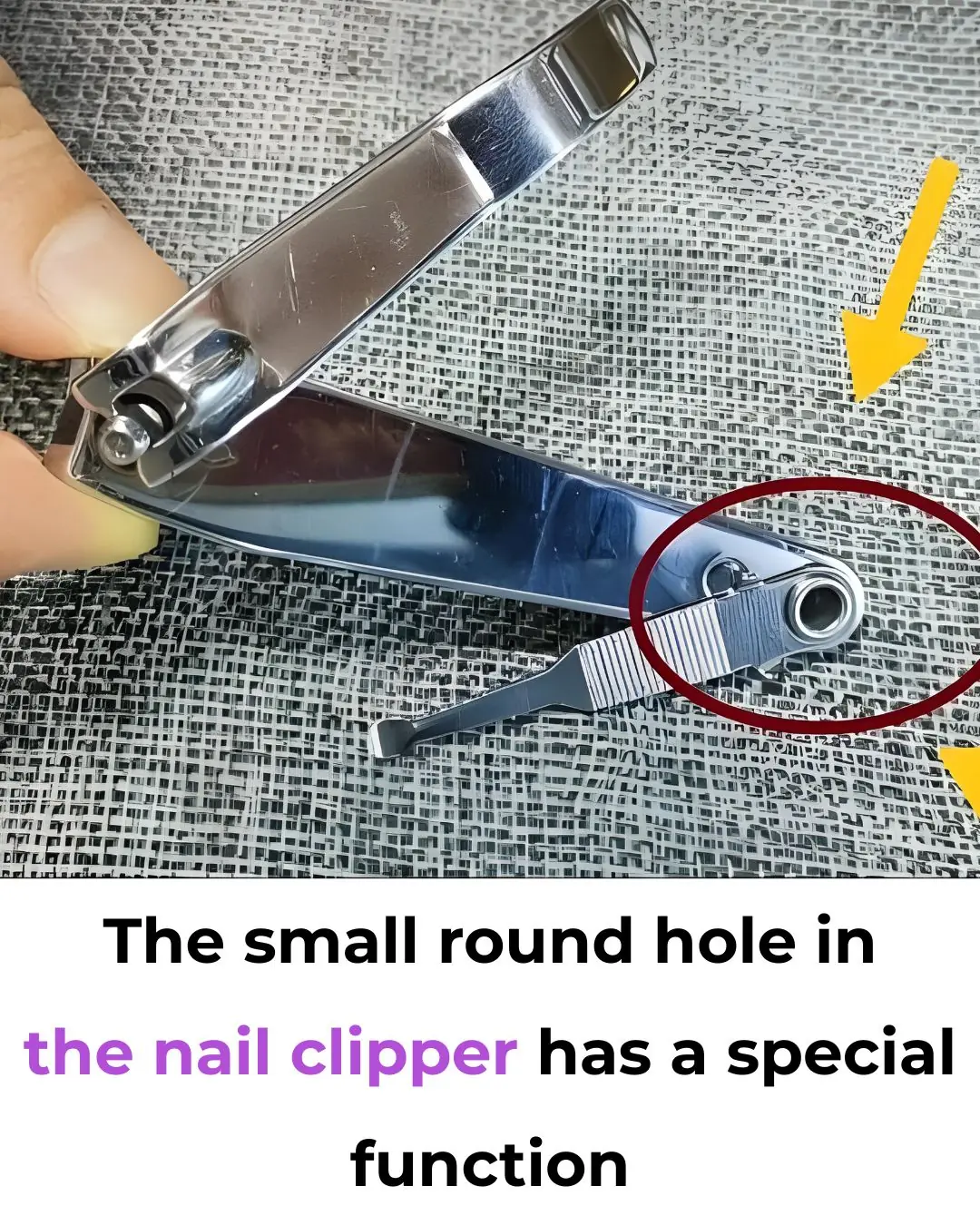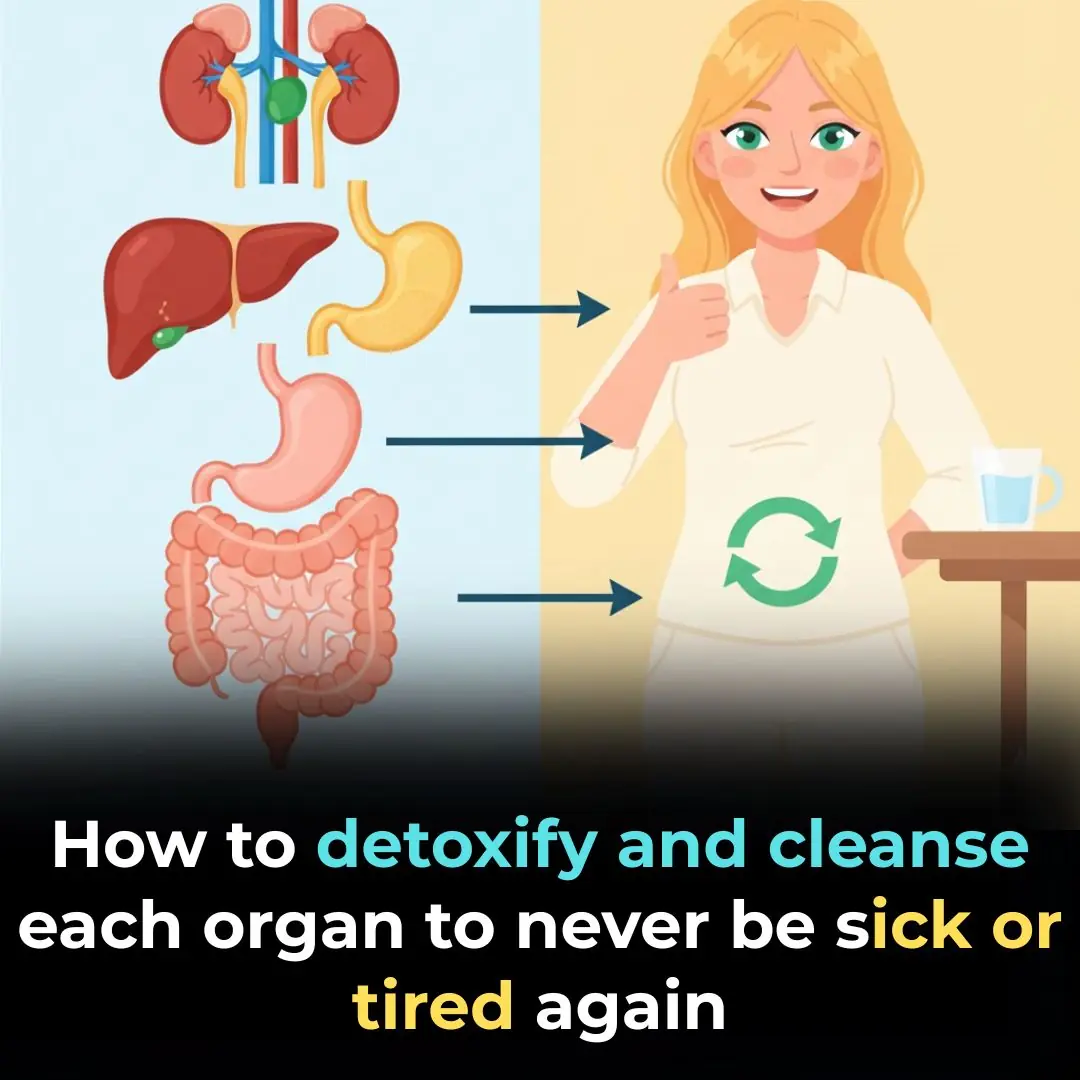
3 powerful health benefits of using a bidet — plus a bonus for the planet
Regular fruit-and-veg habits boost health, but so does how we clean up after using the toilet. A simple hand-held bidet (toilet sprayer) can lower germ transfer, be gentler on sensitive skin, and reduce toilet-paper waste. Below are the top benefits and the science behind them, followed by safe-use tips.
1) Helps prevent the spread of germs after a bowel movement
Fecal matter carries microbes that can cause stomach bugs and other infections; those germs spread easily from hands to surfaces and then to other people. The most important step is thorough cleaning plus proper handwashing. Rinsing with a bidet (then drying) removes more residue than dry wiping alone, so there’s less material left to contaminate skin or hands before you wash. Health agencies consistently emphasize that feces-to-hand spread is a major route for illness and that cleaning plus handwashing with soap is protective. (CDC – hand hygiene & fecal-oral transmission).
Keep the sprayer clean: Like any bathroom fixture, a bidet nozzle can harbor microbes if neglected. Hospitals that installed electronic bidets found that regular disinfection of nozzles and reservoirs prevented contamination of the next user — practical evidence that device hygiene matters. (Infection Control & Hospital Epidemiology; Japanese hospital reports on bidet nozzle contamination and cleaning protocols).
Quick routine: Rinse with clean, running water, avoid touching the nozzle to skin, dry with a small amount of paper or a clean towel, and wash hands with soap for 20 seconds. (CDC)
2) May reduce the risk of some urinary-tract infections (UTIs) — with correct technique
More than half of women experience at least one UTI in their lifetime, often because gut bacteria (like E. coli) reach the urethra. The U.S. Office on Women’s Health recommends wiping front-to-back after toileting to reduce transfer of bacteria. A gentle, front-to-back water rinse followed by drying can serve the same purpose — and is less abrasive than repeated dry wiping. (Office on Women’s Health, U.S. HHS).
Important caveats:
-
A bidet is not a medical treatment for UTI. It’s a hygiene aid that can support good habits.
-
Always rinse front-to-back (never back-to-front), keep the nozzle clean, and use potable water.
-
People with recurrent UTIs, pregnancy, or pelvic-floor issues should follow a clinician’s guidance. (ACOG patient education; OWH)
3) Gentler on skin and may ease hemorrhoid symptoms — and possibly help prevent flare-ups
Hemorrhoids are swollen veins in the anal canal; friction from repeated wiping can aggravate pain, itching, and bleeding. Warm-water rinsing is softer on skin and reduces mechanical irritation. Small clinical studies of electronic bidets report that low-to-medium warm-water pressure lowers anal resting pressure and improves local blood flow — physiologic changes that may reduce straining discomfort and make cleaning less painful during flare-ups. (Journal of Korean Medical Science, 2011).
Dermatology and colorectal guidelines also note that gentle cleansing with water is preferable to aggressive rubbing with dry paper for irritated skin. (American Society of Colon and Rectal Surgeons patient guidance)
Bonus: an environmental upside
Toilet tissue manufacturing uses pulp, energy, and water, and major environmental groups have criticized ultra-soft, virgin-fiber tissue for its forest and climate impact. Because a bidet leaves you needing only a few sheets to pat dry, it can significantly cut your household’s toilet-paper use. While exact savings vary, the direction of impact is consistently favorable in independent reviews: less paper means fewer fibers consumed and less packaging and transport. (NRDC “Issue with Tissue” reports; EPA—consumer tips on reducing paper waste)
How to use a hand-held bidet safely (doctor-style checklist)
-
Aim & flow: Use clean, potable water on low-to-medium pressure; start gently and increase only as needed. (General urology & colorectal patient guidance)
-
Direction matters: For women, always rinse front-to-back to avoid transferring bacteria toward the urethra. (Office on Women’s Health, HHS)
-
Nozzle hygiene: Don’t let the tip touch skin. Wipe the nozzle with a disinfectant wipe daily and clean the sprayer head and reservoir on a regular schedule per the manufacturer — more often if multiple people share the bathroom. (Infection prevention guidance from healthcare studies)
-
Drying: Pat dry with a small amount of toilet paper or a clean, dedicated towel; don’t rub vigorously on irritated skin. (ASCRS patient tips)
-
Hand hygiene: Always finish with 20 seconds of handwashing with soap and water. (CDC)
Bottom line
Used correctly, a bidet or hand-held toilet sprayer can (1) reduce the spread of fecal germs, (2) support UTI-prevention habits through safer front-to-back rinsing and less abrasion, and (3) soothe hemorrhoid-prone skin by replacing harsh wiping with gentle warm water. Keep the device clean, rinse with potable water, and wash your hands every time — and you’ll gain a comfort, hygiene, and sustainability upgrade in one simple tool.
News in the same category


Reason why Donald Trump had 'no chance' at winning' Nobel Prize despite his claims 'he deserved it'

The tiny round hole on your nail clipper has a real job — and a few clever (safe) extras

Pork skin: the cheap cut many people discard — and how to use it wisely for nutrition and safety

Boiled sweet potatoes: don’t use plain water—add a spoon of this for fluffy, deeply sweet results

How to store fresh ginger so it lasts for months (even without a fridge)

A U.S. doctor’s simple steps to “clear” pesticides and dirt from fruit — and the science behind them

Do not drink water immediately after eating fruit — here’s what nutrition science actually says

9 foods to eat regularly to help protect memory and keep your brain sharp as you age

‘Shuts TF Up’: Scott Jennings’ Unhinged Back and Forth with Abby Phillip Takes a Turn When Van Lathan Begins to Speak

Simone Biles Receives Honorary Doctorate Degree From Washington University

Kevin Howell Named NC State’s First Black Chancellor, 40 Years After Making History as First Black Student President

Holly Robinson Peete Pays Tribute to Late Father Who Was a Star on Sesame Street

Jamal Roberts Makes History as First Black Man to Win American Idol in Over 20 Years

NiJaree Canady Makes History as First Million-Dollar College Softball Player

Megan Thee Stallion & ‘Boondocks’ Producer Carl Jones to Launch New Anime Series on Prime Video

Keep rice weevil-free all year: two simple tricks — plus evidence and safer pantry practices

7 pantry items that really don’t spoil — and how to store them so they stay great

8 instant, drug-free ways to stop motion sickness — rewritten, expanded and evidence-backed
News Post

Papa’s Soft Side: Bruce Pearl’s Greatest Legacy Isn’t on the Court

Raja the “Tax Collector”: Sri Lanka’s Gentle Giant Who Stops Cars for Snacks.

One Year of Courage: Branson’s Brave Battle.

Tala’s Second Chance: Fighting for Life Against All Odds

From Patient to Daughter: The Miracle of Ella.

The Promise He Kept: A Teacher, a Dress, and a Second Chance.

The Woman Behind the Green Face: Margaret Hamilton’s Quiet Legacy.

A Boy, a Dog, and the Courage to Care 💛🐾

I Went to Pick Up My Wife and Newborn Twins from the Hospital — I Found Only the Babies and a Note

Father Finds out His Twin Sons Are Actually His Brothers — Story of the Day

78-Year-Old Woman Returns from Nursing Home to Her House – Only to Find a Mansion with Changed Locks in Its Place

My Wife and I Went to an Orphanage to Adopt a Child and Found a Girl Who Is a Carbon Copy of Our Daughter

4 foods to eat on an empty stomach in the morning to cleanse the gut, boost digestion, and lower cancer risk

7 Ways to Repurpose Eggshells for a Greener Home and Garden

The One McDonald’s Burger That’s Always Cooked Fresh

Pine Needle Sprite: A Refreshing Homemade Fermented Drink

10 Simple Ways to Help Your Body Detoxify and Cleanse Itself

Top 6 Upcoming Astronomical Events You Don’t Want to Miss in 2025

Never Ignore Excessing Licking From a Dog
